Photos of Sampling for the National Aquatic Resource Surveys
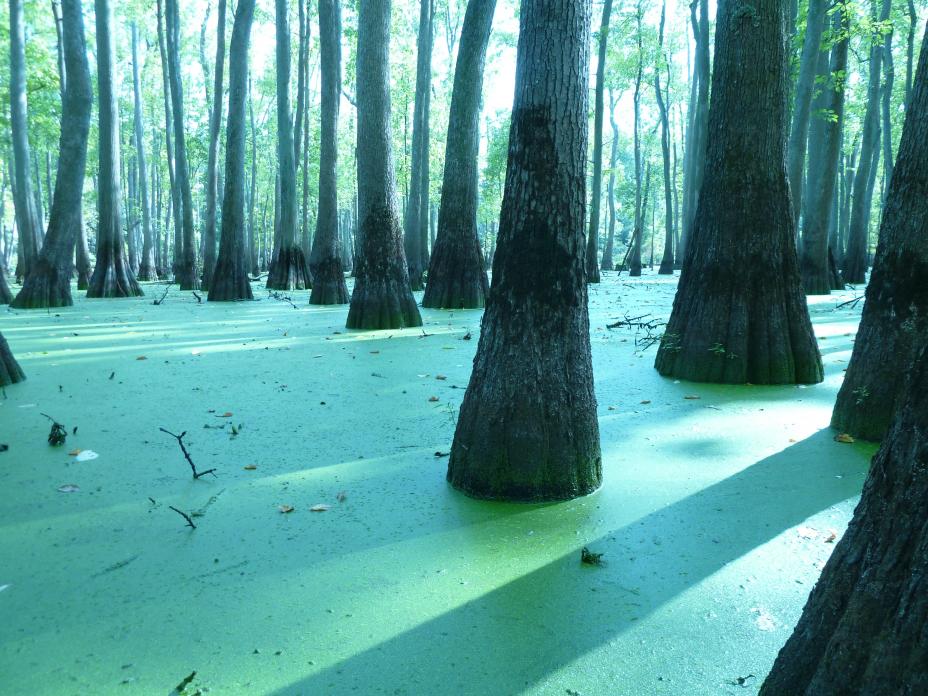
EPA's National Aquatic Resource Surveys (NARS) study all types of waters: rivers and streams, lakes and reservoirs, Great Lakes, coastal waters, and wetlands. This cypress tupelo swamp was one of the sites sampled for the wetlands survey (National Wetland Condition Assessment). Photo: Mick Micacchion, MBI. (1/14)
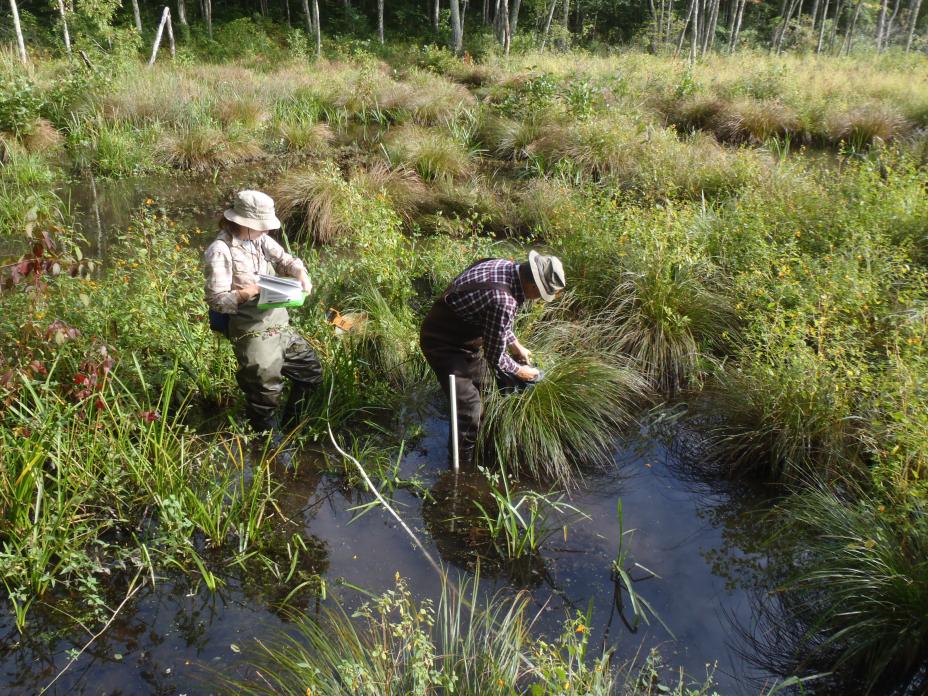
Ankle deep in water and mud, wetlands researchers catalog and evaluate plant types (National Wetland Condition Assessment). Photo: Tetra Tech. (2/14)
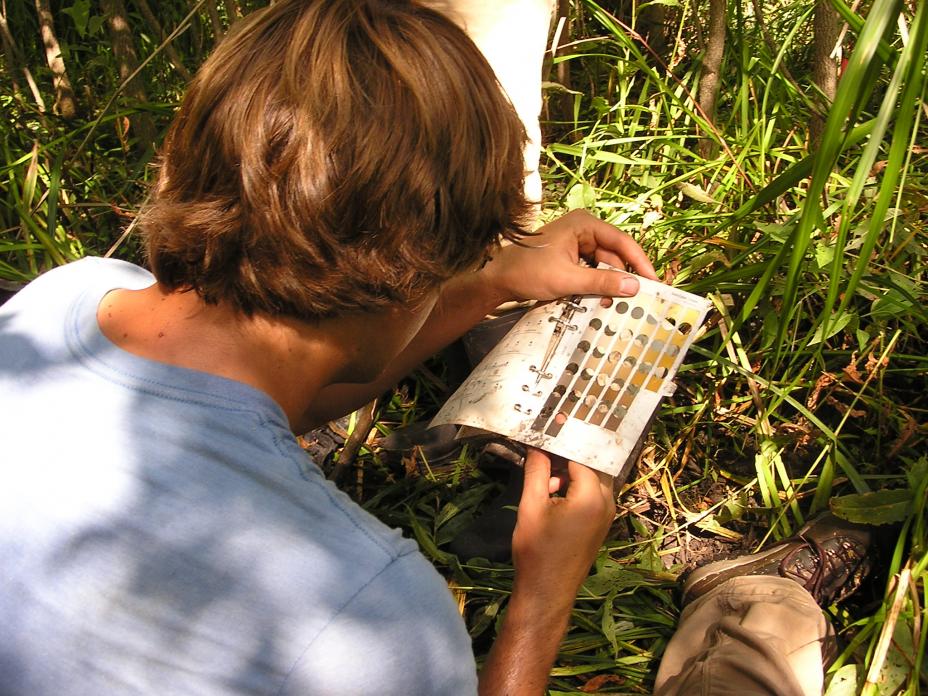
Evaluating soil types with the help of a Munsell soil color chart provides important information about the functions of wetlands (National Wetlands Condition Assessment). Photo: Ted LaGrange, Nebraska Game & Parks Commission. (3/14)
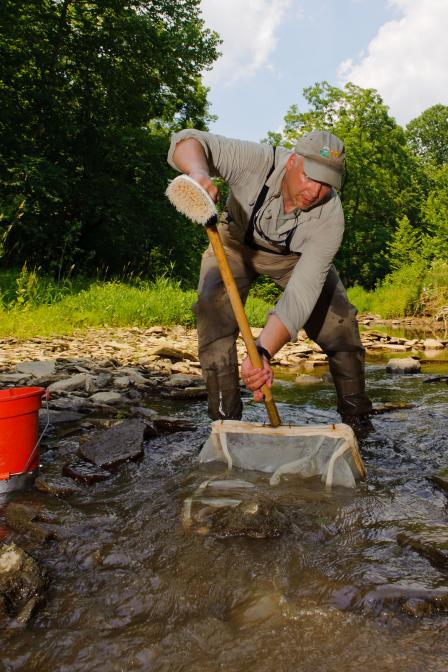
Tiny aquatic insects, crustaceans, worms and beetles live in rocks, sediments and vegetation of streams. A robust and varied population of these creatures indicates a high quality waterway (National Rivers and Streams Assessment). Photo: Eric Vance, EPA. (4/14)
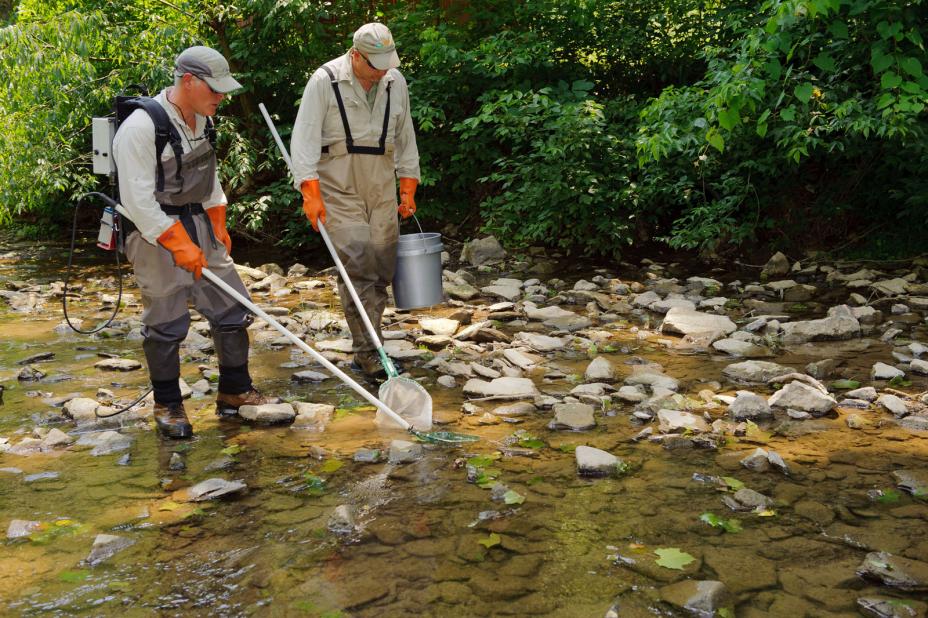
Zzzzap! A field crew uses backpack electrofishing gear to stun fish for sorting and evaluation in a small stream (National Rivers and Streams Assessment). Photo: Eric Vance, EPA. (5/14)
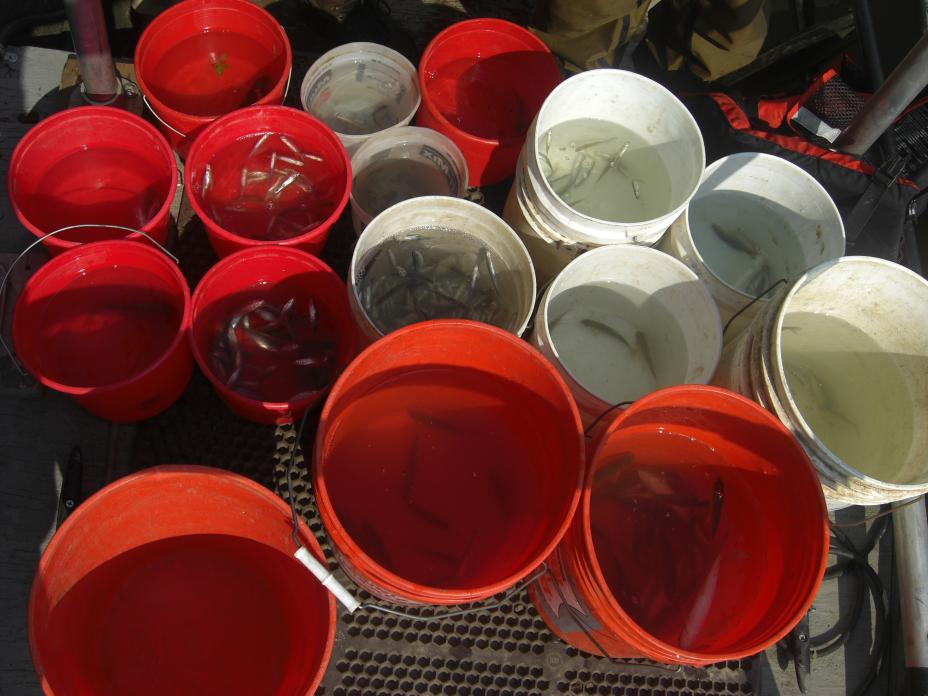
Fish collected in rivers and streams are sorted and evaluated to assess the health of the fish community, and then released. (National Rivers and Streams Assessment). Photo: Marsha Landis, EPA. (6/14)
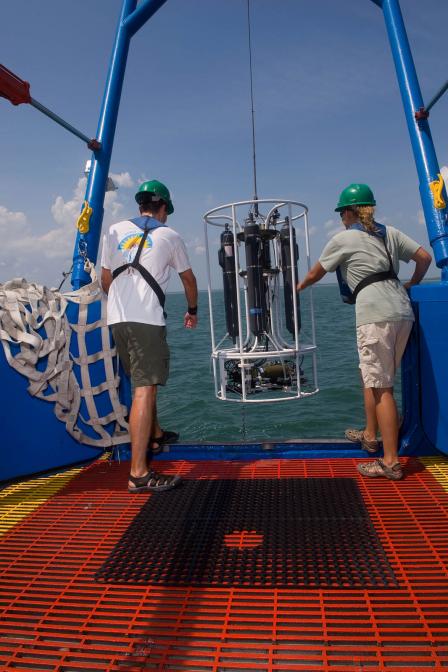
On the ocean-going EPA research vessel named Bold, field crew members carefully lower a multi-probe instrument to take measurements of coastal water quality (National Coastal Condition Assessment). Photo: Eric Vance, EPA. (7/14)
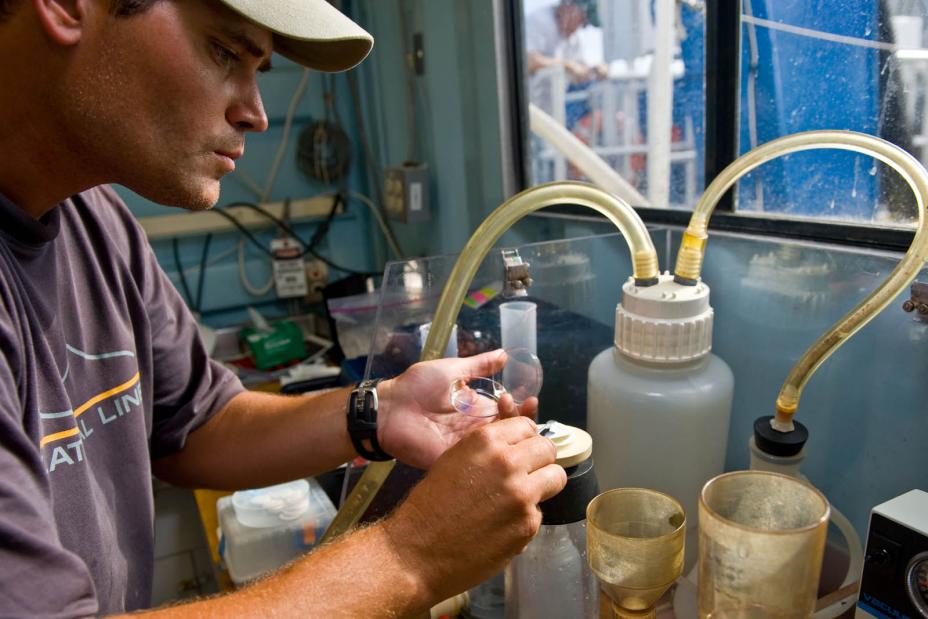
Coastal water samples are filtered and preserved in the laboratory on board the EPA research ship Bold (National Coastal Condition Assessment). Photo: Eric Vance, EPA. (8/14)
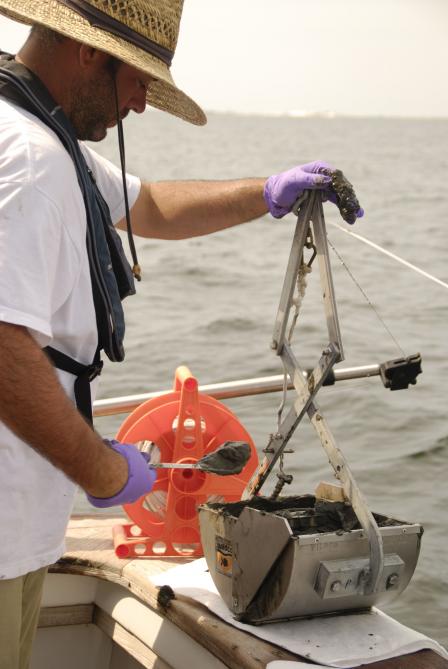
It's messy work. Sediments dredged using a Ponar grab sampler will be evaluated for the presence of crustaceans, mollusks, worms and other creatures that live on the ocean floor (National Coastal Condition Assessment). Photo: Tetra Tech. (9/14)
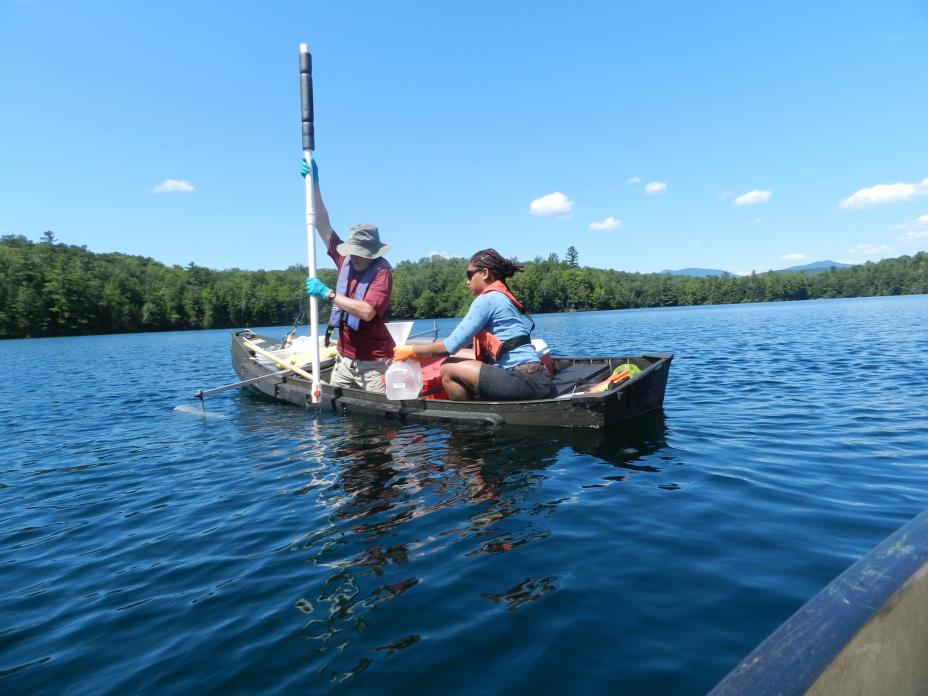
On a large New England lake, field crew members use an integrated sampler to draw water for filtration and analysis (National Lakes Assessment). Photo: Hilary Snook, EPA. (10/14)
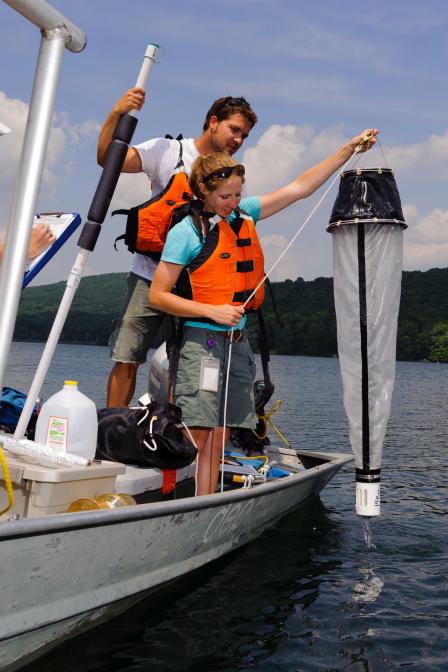
Lake researchers lower a net into the water to collect samples of zooplankton, tiny microscopic animals that drift in water. Zooplankton are biological indicators of lake water quality (National Lakes Assessment). Photo: Eric Vance, EPA. (11/14)
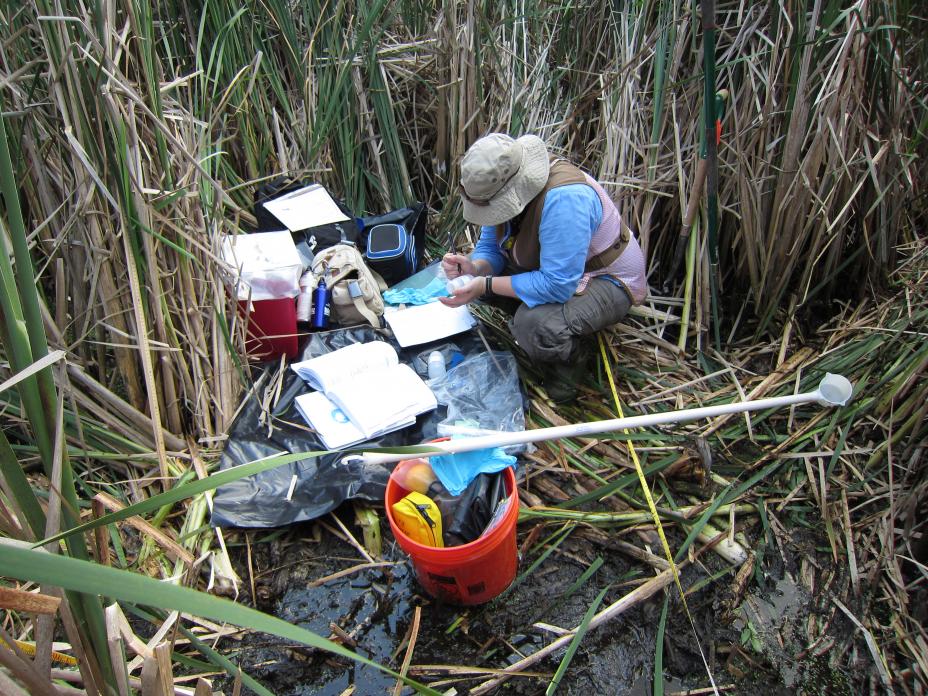
Surrounded by samples, forms and equipment, a researcher pauses to record data. Careful quality assurance is a key component of the National Aquatic Resource Surveys (National Wetlands Condition Assessment). Photo: Andy Olnas, Illinois Natural History Survey. (12/14)
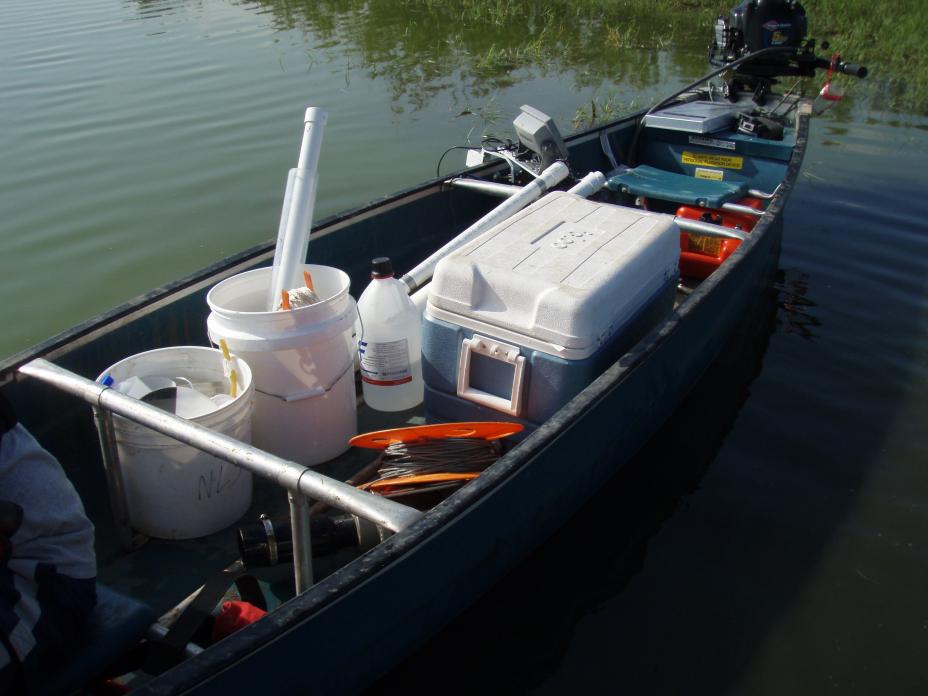
A field day starts early and ends late. Sampling equipment must be carefully cleaned and packed away at the end of each day (National Lakes Assessment). Photo: Paul Koenig, Oklahoma Water Board. (13/14)
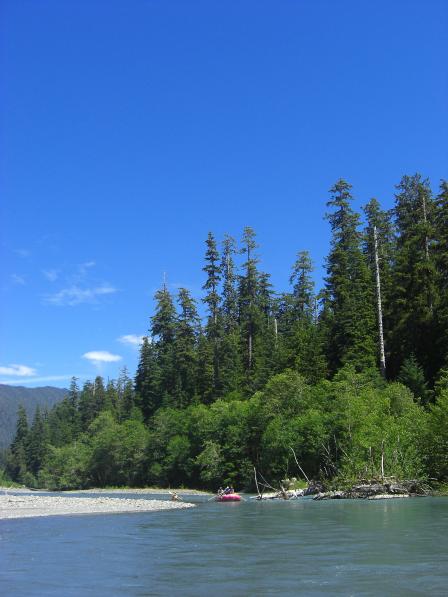
National Aquatic Resource Survey field crews sample a thousand sites per year to tell the story of water quality in the United States (National Rivers and Streams Assessment). Photo: Marsha Landis, EPA. (14/14)
